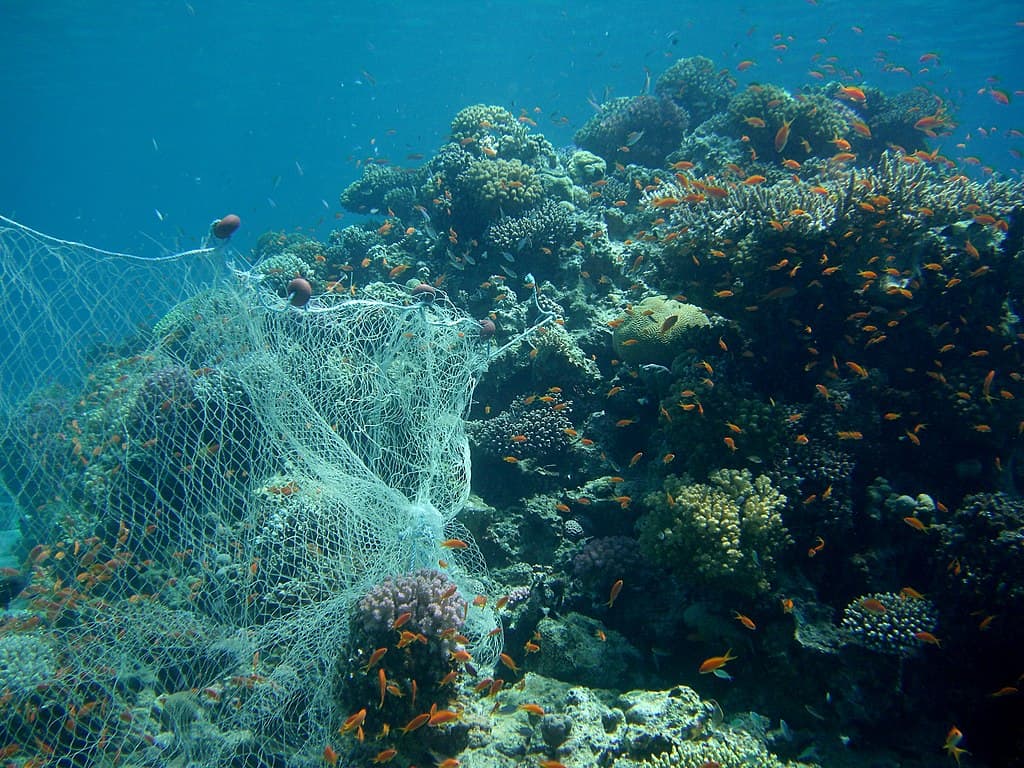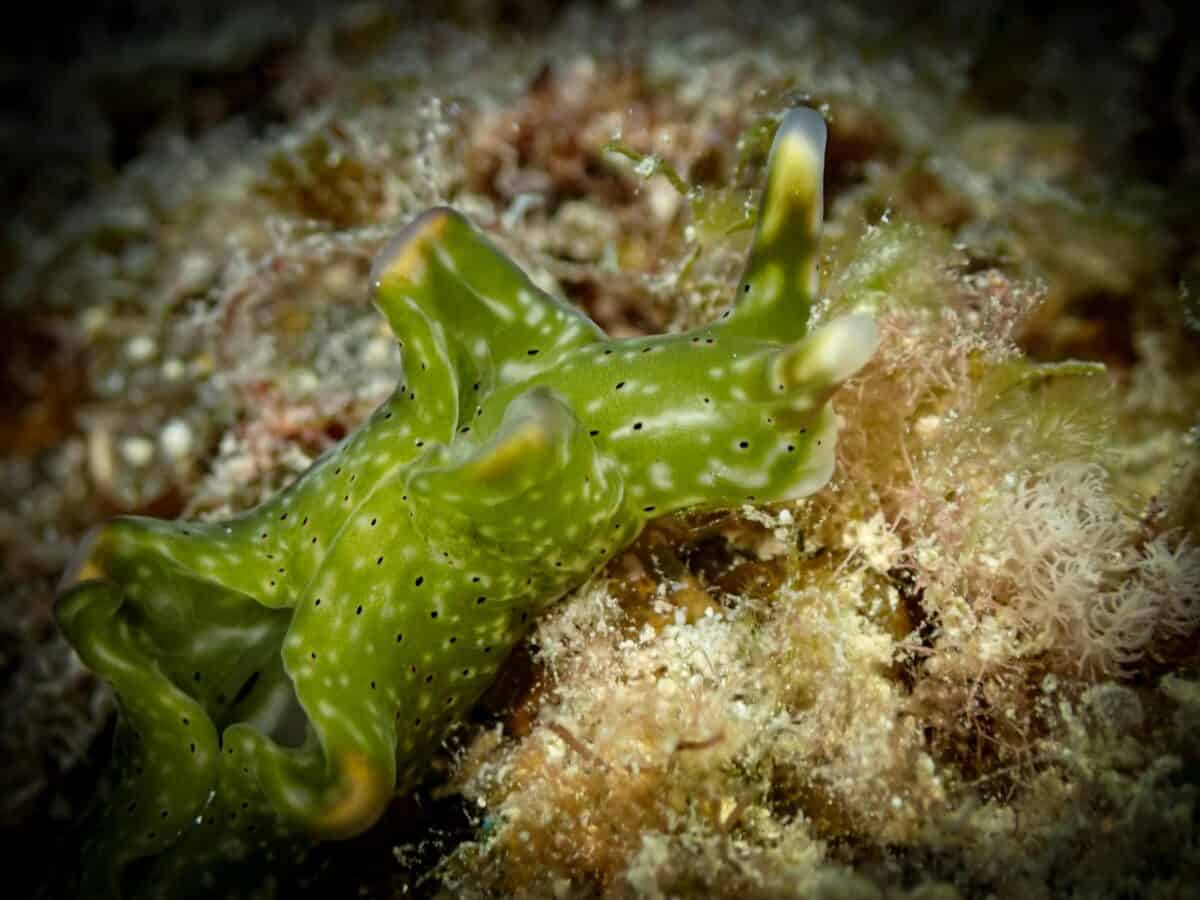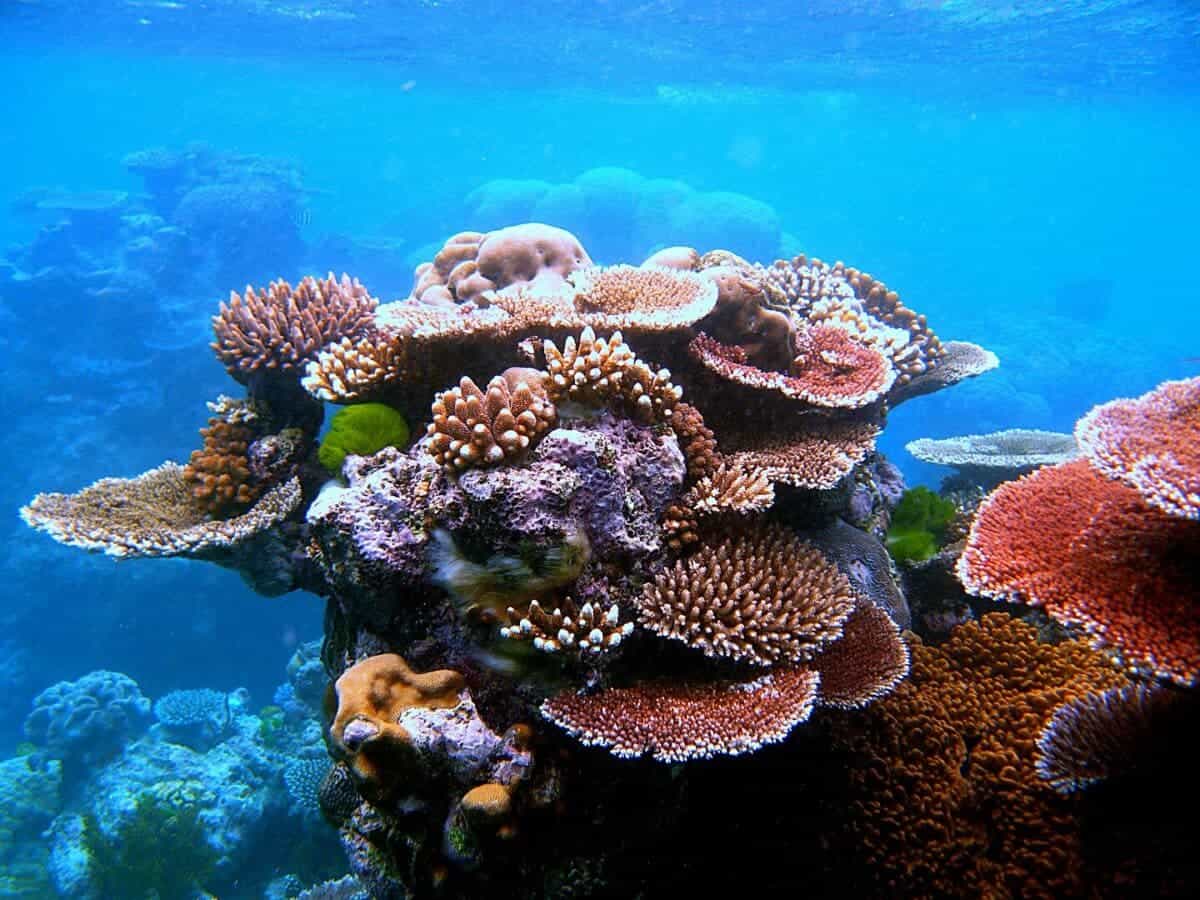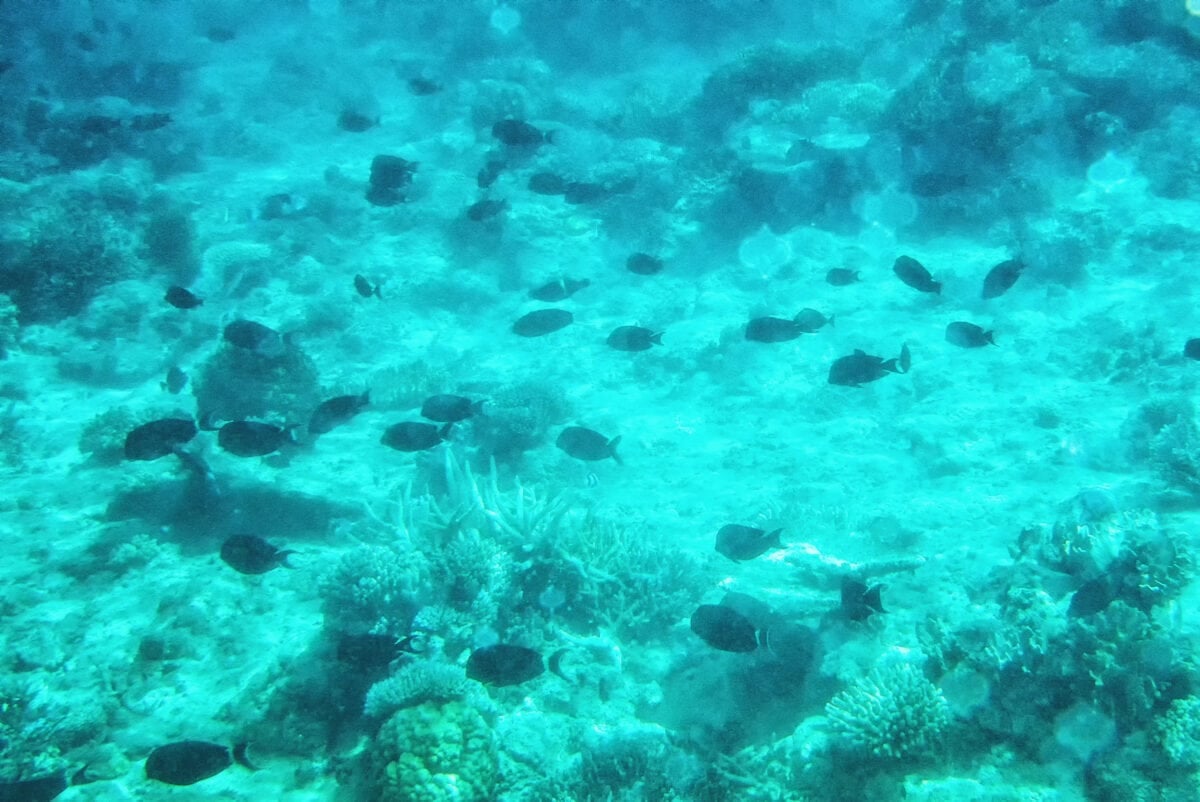Coral reefs, often referred to as the rainforests of the sea, are vital ecosystems that brim with marine biodiversity. They cover less than 1% of the ocean floor but support about 25% of all marine species. However, these vibrant underwater paradises are under severe threat from climate change, pollution, and destructive fishing practices. Despite this grim reality, some resilient marine creatures are showcasing remarkable adaptability, providing a glimmer of hope for these precious ecosystems.
The Importance of Coral Reefs

Coral reefs play a crucial role in maintaining ocean health. They provide essential habitat, food, and breeding grounds for countless marine species, support coastal economies through tourism and fisheries, and act as natural barriers protecting coastal communities from storm surges and erosion. Their loss would not only be an ecological disaster but also a significant economic blow globally.
Threats to Coral Reefs

Rising sea temperatures due to global climate change lead to coral bleaching, where corals expel the symbiotic algae that nourish them. Without these algae, corals lose their color and, eventually, their vitality. Ocean acidification, pollution, and destructive fishing further exacerbate the problem, threatening the survival of these ecosystems.
Coral Bleaching Explained

Coral bleaching occurs when stressed corals release the colorful algae living in their tissues. These algae, known as zooxanthellae, provide corals with food through photosynthesis. Bleaching leaves corals vulnerable to disease and starvation, and if conditions don’t improve, they can die.
The Resilient Marine Animals

Despite the challenges, some marine species are exhibiting remarkable resilience and are helping mitigate the impacts on coral reefs. These include parrotfish, sea urchins, and certain types of algae and bacteria, all playing critical roles in supporting reef recovery.
Parrotfish The Reef Gardeners

Parrotfish are vital to coral reef health because they graze on algae that can otherwise smother coral. Their feeding behavior keeps algae levels in check, allowing new coral to settle and grow. Parrotfish feces also help to produce sand, contributing to reef stability.
Sea Urchins as Undercover Allies

Sea urchins, particularly the Diadema species, are essential in controlling algae growth on reefs. Their voracious grazing habits clear space for corals to establish and grow, promoting reef recovery. However, many sea urchin populations have declined dramatically due to disease, emphasizing the need for their conservation.
Algae From Villains to Heroes

While excessive algae can harm reefs, certain algae species contribute positively. Symbiotic algae living within corals help them photosynthesize and grow. Additionally, some algae can shield reefs from acidic conditions, increasing their resilience to climate change.
Bioluminescent Bacteria in Corals

Recent studies indicate that bioluminescent bacteria residing in corals might help protect them from thermal stress. These bacteria could potentially offer innovative approaches to coral conservation, turning harmful ultraviolet rays into less damaging light.
Innovative Coral Protection Techniques

Efforts to protect and restore coral reefs are diverse and innovative. They include coral gardening, artificial reefs, and breeding heat-resistant coral strains. These techniques aim to enhance natural resilience and ensure long-term survival of coral ecosystems.
Role of Local Communities

Local communities play an essential role in coral reef conservation through sustainable fishing practices, pollution control, and active participation in restoration projects. Education and awareness campaigns are critical in empowering these communities to protect their natural resources.
Global Initiatives for Coral Reef Conservation

International organizations and partnerships are joining forces to tackle the threats facing coral reefs. Initiatives like the Global Coral Reef Monitoring Network and the Coral Triangle Initiative focus on research, policy-making, and collaborative conservation efforts to preserve these valuable ecosystems.
How You Can Help Protect Coral Reefs

Individuals everywhere can contribute to coral reef conservation. Simple actions like reducing carbon footprints, supporting sustainable seafood choices, and advocating for ocean-friendly policies can make a significant impact on coral health and longevity.
Conclusion: Hope for Coral Reefs

Coral reefs are facing serious challenges, but the resilience demonstrated by certain marine organisms offers a beacon of hope. By combining natural adaptability with innovative conservation efforts, we can enhance the resilience of these ecosystems. Collective action from governments, communities, and individuals worldwide is essential to protect and restore the vibrant coral reefs, ensuring they continue to support marine biodiversity and human livelihoods for generations to come.
- Coral Reefs Are Disappearing But Some Animals Are Fighting Back - August 13, 2025
- Tourists Keep Ignoring Yellowstone Rules and Animals Are not Having It - August 13, 2025
- Are Bats Really Blind? The Truth Will Surprise You - August 13, 2025

